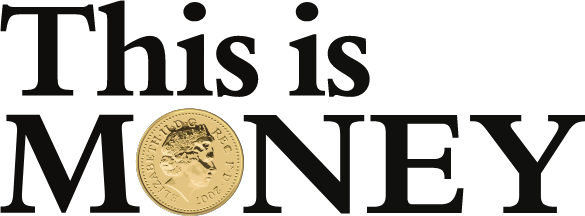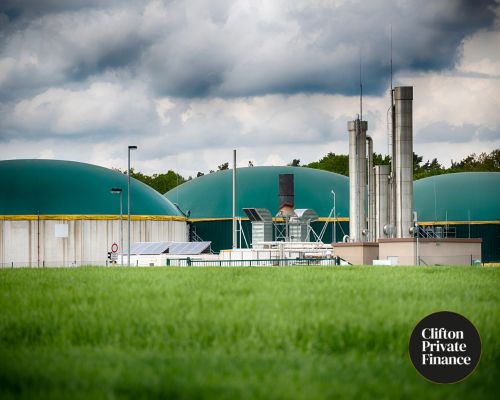Asset finance is a way of spreading the cost of equipment used by businesses over time, allowing companies to keep a strong, consistent cash flow whilst minimising upfront costs.
There are many asset finance products to choose from when considering asset finance, such as hire purchase, operating leases and finance leasing, so there are plenty of options to consider for your every business need.
The asset financing structure is the financial arrangement organised between businesses and lenders to secure funding to acquire equipment that is directly related to the operation and growth of the business.
Asset financing typically involves several key elements, which are as follows:
Assets used as collateral:
A lender will likely secure finance against the asset itself or other assets, which can be tangible or intangible.
- Tangible Assets: vehicles, construction equipment, real estate, or inventory.
- Intangible Assets: intellectual property, accounts receivable, revenue streams.
Types of Asset Financing:
The following is a list of several products available to business owners as options for asset finance:
Leasing: Businesses that choose to lease do not outright own the asset and pay a monthly cost to use the equipment at a much lower cost than purchasing the equipment.
Hire Purchase (HP): A standard choice for businesses, this option allows you to eventually own the asset you’re paying for after the payment period has ended.
Asset-Based Lending (ABL): A business borrows money against an asset as collateral, and it’s commonly used to acquire working capital for operational or growth needs.
Loan-to-value (LTV): The loan-to-value ratio of assets is the calculation of a percentage which helps to determine the risk of the loan itself. A high LTV ratio typically indicates a higher interest rate for businesses as it’s far riskier to finance.
A low loan-to-value ratio is generally more comfortable for lenders, lower repayment periods and lower fees ensure that the asset can be repaid easily. If an asset depreciates over time, however, and becomes under-collateral, this means that the lender wouldn’t be able to fully recover the amount owed if the asset is repossessed.
Should there be a major decrease in collateral value, lenders might seek to acquire additional collateral from the business owner, or even increase fees and interest, impacting cash flow.
Business loans are products designed for general use throughout businesses. They can be used for general business needs, including asset finance, which has the added benefit of the asset not necessarily being used as collateral for the loan itself.
Asset finance, however, is more specific: its use is for the acquisition of assets and is restricted to only that. Lenders will use the asset itself as collateral for improved lender comfort, being reclaimed in the event that you do not pay your asset finance.
One major distinction between asset finance and business loans is interest rate: asset finance interest is typically lower compared to unsecured business loan interest, which is notably higher.
Should you fail to repay your asset finance, you can face an impacted credit score and ultimately lose the asset in a repossession.
Depending on the asset you’re funding, there’s also a risk of depreciation - particular risk for vehicle finance.
In some cases, if a machine you’re financing is essential to the functioning of your business operations, then factors such as depreciation or loss of efficiency of the equipment can cause lender discomfort, leading to slightly higher interest rates.
Equipment financing is typically used by growing businesses looking to limit the impact on cash flow from an expensive piece of equipment by spreading the cost over a period of time.
Small and medium-sized businesses (SMBs) can use equipment finance to limit the loss of capital and scale up operations without a massive upfront cost to deal with. Accessing equipment finance isn’t limited to a single industry, its uses spread from healthcare with MRI scanners, to construction, manufacturing, agriculture and more.


















